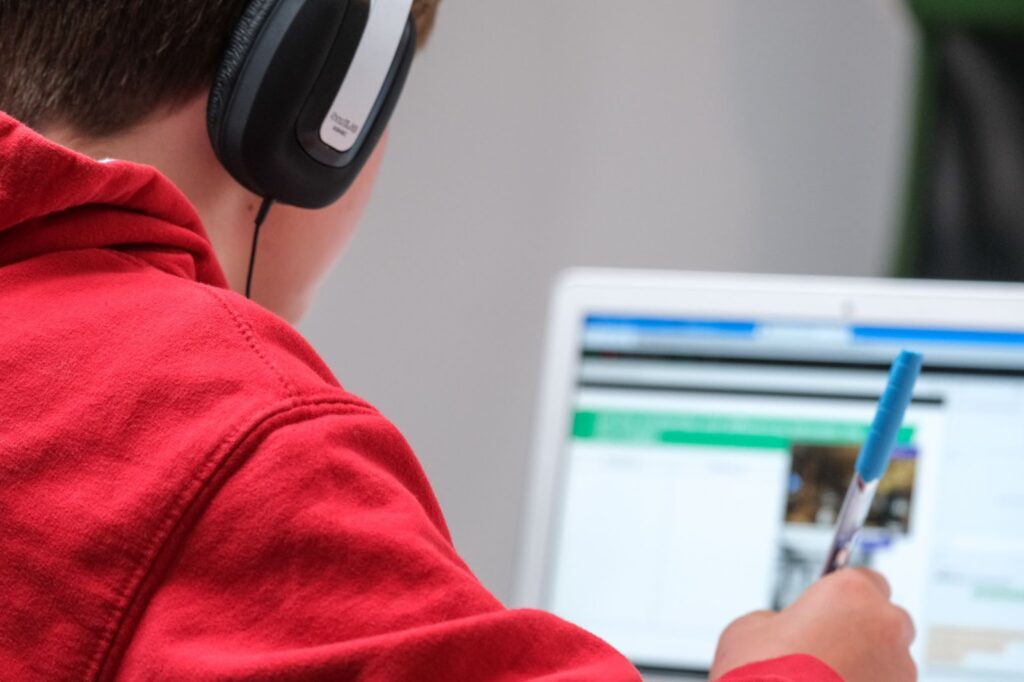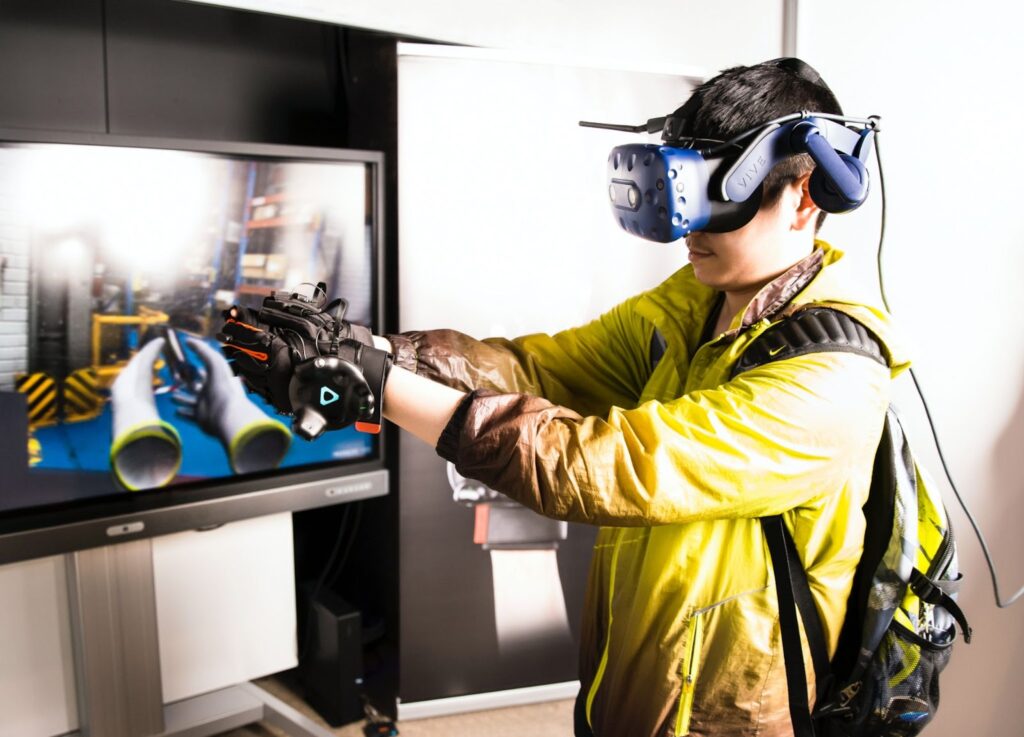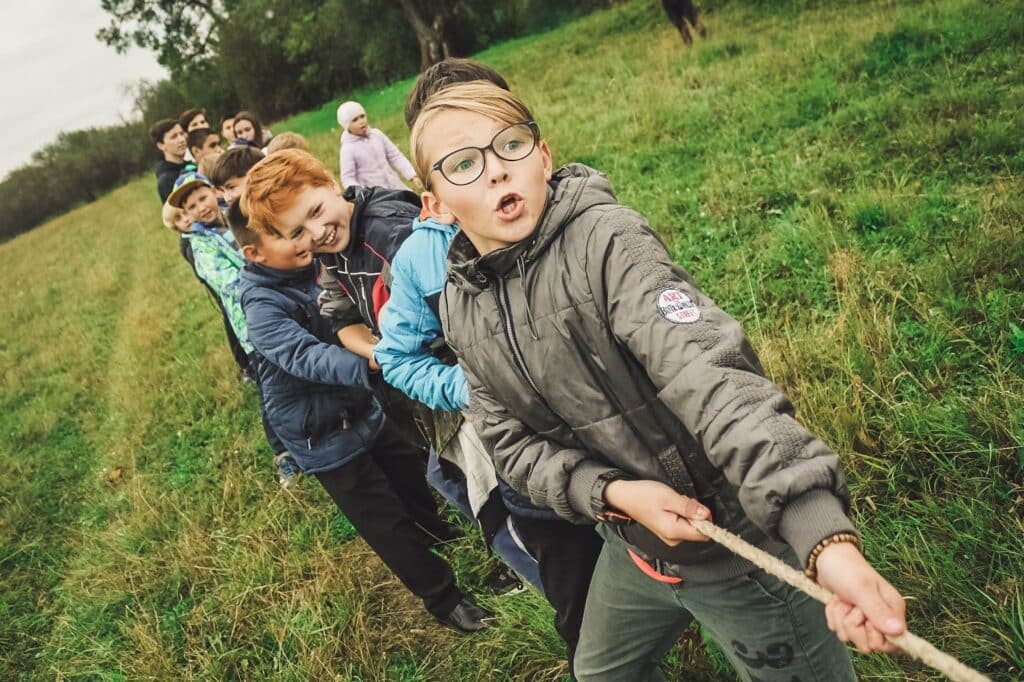While education providers and students around the world hope to get back into real world classrooms in 2022, we’ve learned a lot about the benefits of online learning and blended learning environments. The insights we’ve gained will help us shape the futures of teaching and learning for the benefit of everyone involved.
The institutions that are best positioned to use this new intelligence about online study and digital learning are those who are not only capturing data about learners during online courses, but are also implementing machine learning and learning analytics tools to process this data. With deeper understanding into what is really happening in online classrooms – parents, teachers and students are empowered to take action in real time – identifying opportunities to course correct, or making necessary interventions early, for the overall success of the entire facility.
The Society for Learning Analytics Research describes three key types of learning analytics: descriptive (insights into the past and present), diagnostic (understanding why), and prescriptive (advice on future outcomes).
With learning analytics, institutions can optimise and improve learning processes and outcomes, both for students learning remotely as well as in blended and physical classrooms, all the way from K-12 to vocational and workplace education.
In this article, we’ll take a look at some of the trends in online learning, and how learning analytics can help educational institutions and educators take them to the next level.
Optimising learning in self-directed online learning environments

Younger students need a great deal of guidance from their teachers, but as they move into higher education, universities and vocational or workplace training environments, teachers are able to place more emphasis on self-directed or self-led learning.
This refers to the process wherein learners are enabled and empowered to take initiative in setting their own learning goals, resources, strategies and outcomes.
Independent learning can be challenging even for the most motivated students. It requires a wide range of lifelong learning skills, and educators and students themselves must have a good understanding of their own capabilities, needs and level of engagement.
An initial assessment of the student’s mastery of areas in question, continually updated for the duration of the course, can be reached through the use of learning analytics. With machine learning, data analytics platforms can gather and visualise information regarding a student’s scores and attendance, their wellbeing and engagement, and the learning strategies that have worked best for that student in the past.
With this information in hand, teachers and students can approach self-directed learning with confidence, with evidence of student potential, and areas where they may need assistance or guidance to attain positive outcomes.
Gamification in remote learning environments

Gamification is the process of applying various formats, tactics and elements of games to boost students’ participation and engagement in education settings. It can be effective at all ages, from children to corporate learning, and it takes many different forms. If you’ve ever taken a multiple choice test, you’ve participated in gamified learning, for example.
When it comes to distance learning or remote classrooms, gamification can be an effective addition to a teacher’s toolkit. It doesn’t seek to replace traditional techniques, but rather augment them to boost students’ enjoyment of and engagement with the coursework. It can even enhance their social interactions with each other, and their motivation to learn.
Here are some ideas that teachers are implementing now to gamify their coursework:
- Incorporating stories or plots to connect content and embed users fully in the problem
- Using eye-catching visual designs and technology such as AR and VR
- Implementing competitions and challenges, with rewards (like badges, scores, etc)
- Providing instant feedback to students to maintain forward motion
- Problem-solving based education rather than facts-based memorisation

If you’re interested in expanding your teaching techniques to grow students’ engagement – and who wouldn’t be! – then a vital part of gamification is an education analytics layer. Institutions need to keep track of students’ completion rates, engagement with the material, recall, reinforcement and retention of information, pace of mastery and learning, and more.
This allows institutions and teachers to do a better job of teaching, and learners to be set up for success. Keeping track of learning analytics data across both traditional and gamified learning techniques means education professionals can more easily measure success and identify areas for change or improvements.
Addressing students’ learning experiences and risks with learning analytics
One of the biggest trends of eLearning in 2022 is the focus on learners as humans. Education institutions and workplaces alike are investing time and resources in treating students holistically, their focus extending beyond academic achievement and test scores.
Institutions are becoming more and more interested in tracking and improving factors beyond academic performance such as mental health and wellbeing, engagement, student growth in 21st century skills, and the management of potential risk and early intervention.

Learning analytics can help institutions fully understand, map and even advise upon a student’s longer term journey, with continuous tracking and reporting of their progress in a wide variety of chosen factors.
In order to advance student learning now and in future generations, institutions must analyse what they know now, so they can better shape learning experiences and ameliorate risk for students, teachers and the institution itself in times to come.
Online learning is no longer an “added feature” of education. It is rapidly becoming an essential and exciting part of teachers’ and administrators’ toolkits when it comes to reaching, engaging and understanding students better than ever before.
Armed with qualitative and quantitative big data that is customised to their own school and students, educational institutions can use learning analytics to continue to grow and create best-in-class capabilities and curriculum that put student success front and centre of every classroom – digital, blended or physical – in 2022 and beyond.




